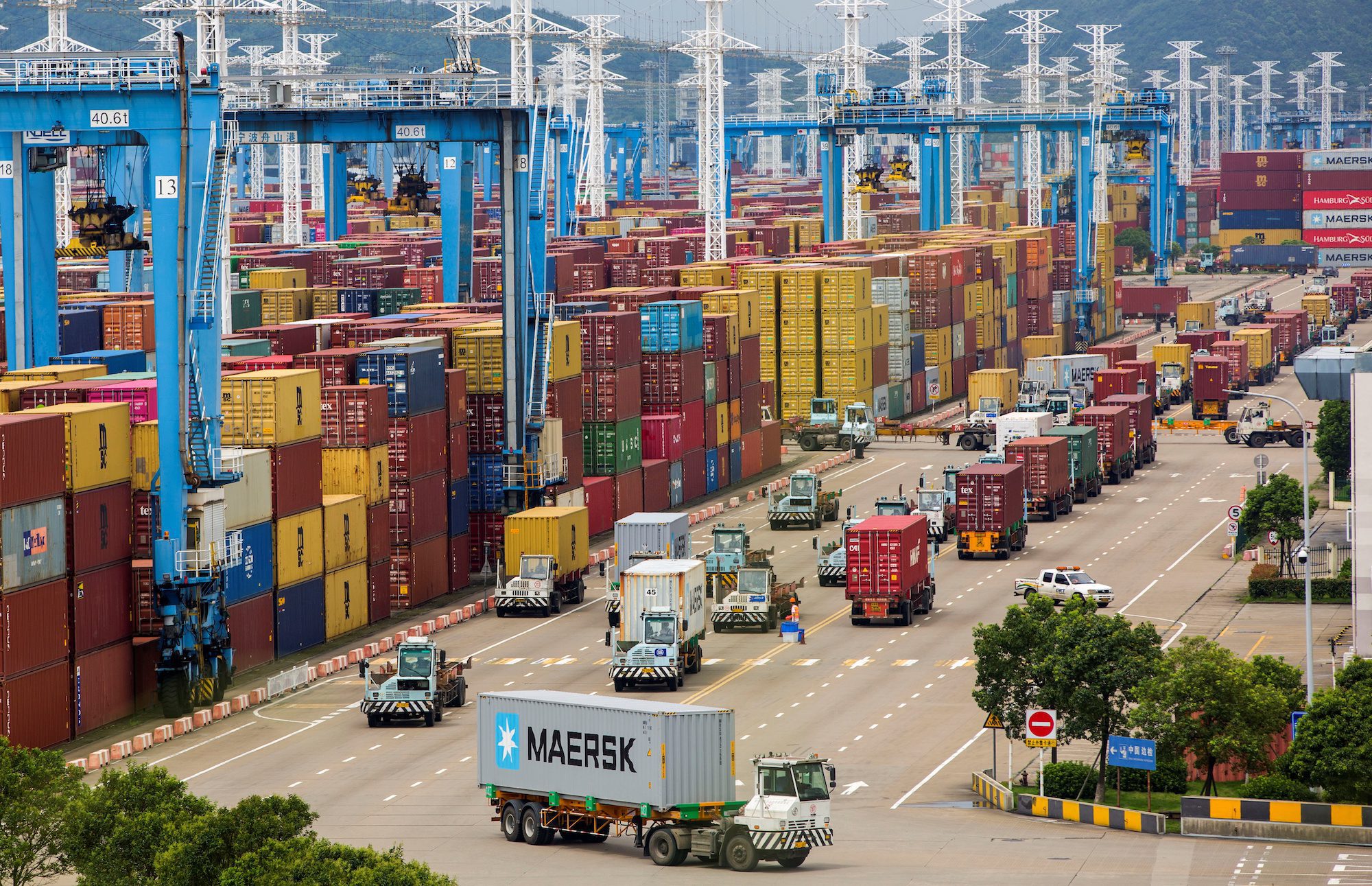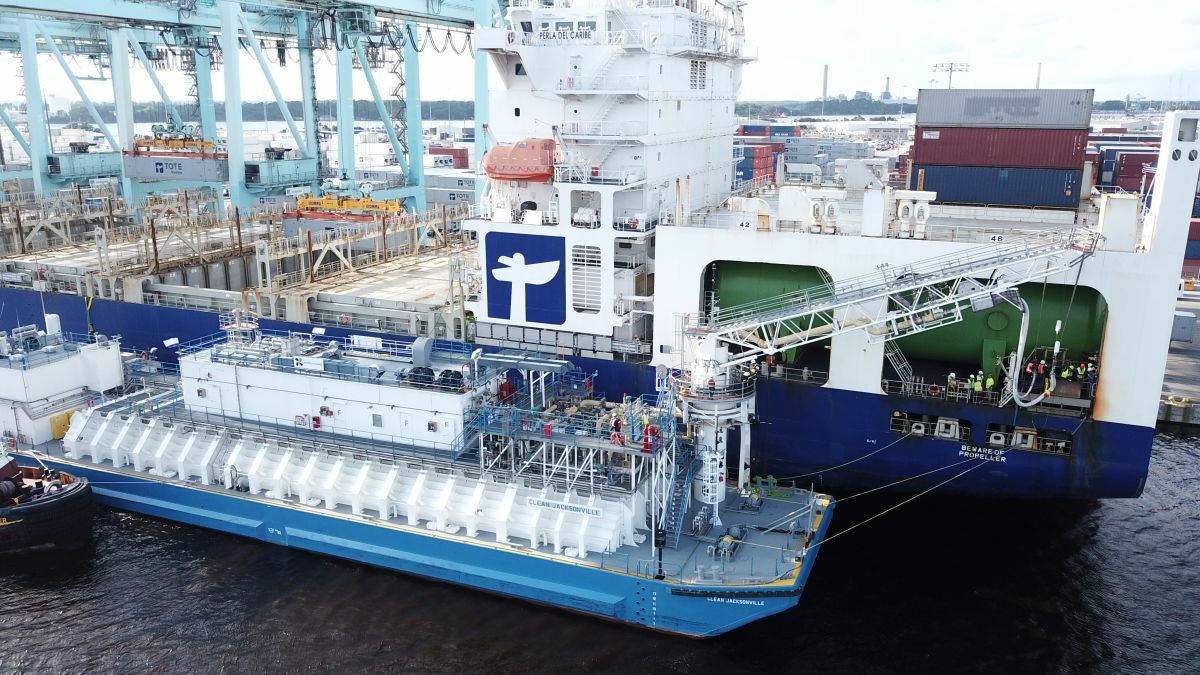By Kyunghee Park (Bloomberg) —
Operations at China’s Meishan terminal in the world’s third-busiest container port will take at least a week to return to normal, according to Rahul Kapoor, vice president of maritime and trade at IHS Global Insight, after the facility was closed because a worker had Covid-19.
The two-week shutdown, which ended Wednesday, has put more pressure on already strained shipping routes and supply chains ahead of the key Christmas holiday shopping season. The Meishan terminal accounts for about a quarter of capacity of Ningbo-Zhoushan port, where large container ships were waiting 4.2 days to dock as of Wednesday, according to data compiled by Bloomberg. The wait time would usually be around half that, though congestion rates have been inflated for much of 2021.
“The disruptions we are seeing are due to Covid restrictions, and given that China has a Covid-zero policy, there’s always a chance something like this could happen again,” Singapore-based Kapoor said. Supply-chain disorder may last until the Lunar New Year holidays in early February, he said.
Yantian port in Shenzhen was also closed for a month from late May due to an outbreak. The impact of the pandemic is reflected in vessels laden with cargo stuck outside ports and exporters struggling to find space for goods. Shipping costs have hit record highs, with spot rates to move a 40-foot container from Shanghai to Rotterdam at $13,698 for the week of Aug. 19, according to Drewry World Container Index. Shanghai to Los Angeles costs $10,969.
“Until we see demand starting to slow, we won’t see things easing,” Kapoor said. “There’s been no breathing space for things to settle in this industry.”
The port congestion has prompted some exporters to shift to air freight, giving a much-needed boost to airlines starved of passengers. Carriers in the Asia-Pacific region recorded a 27% increase in international air cargo demand in July as measured in freight tonne kilometers, the Association of Asia Pacific Airlines said Thursday.
“Air cargo remains the single bright spot for the region’s airlines,” AAPA Director General Subhas Menon said.
–With assistance from Kevin Varley.
© 2021 Bloomberg L.P.

 Join The Club
Join The Club











